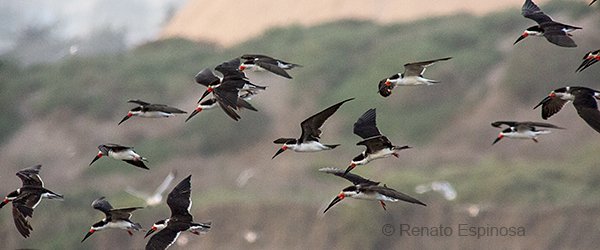
Continued from: Birdwatching Santiago de Chile – Trip Report
We stayed at the foot hills of La Campana National Park with the hopes to get a look at the Rufous-legged Owl. By the time we had dinner and arrived to our hotel we were so exhausted that it became impossible to go search for this endemic bird.
The next morning we began a slow climb through the brushy trails of the park, I was unfamiliar with most of the bird calls, so we proceeded with caution making sure we looked at everything. The birding in this area is much more difficult compared to Farellones due to the heavy brush and the steep terrain. Our first moment of excitement came from finding the Thorn-tailed Rayadito. We stayed with this little guy for a little while attempting to get some good photos but it was nearly impossible. Two of them jumped around the heavy brush and quickly flew from one brush to the next only giving us momentary looks. The calls were effective for a couple of times but it was not long before they stopped responding.
Thorn-tailed Rayadito
We continued our climb while two raptors flew very far near the tree tops. Few other birds were active but we got our first looks at the Green-back firecrown male as he flashed that beautiful crown to us. Unfortunately he left as quick as he came and we did not get any pictures of this new bird. Finally I spotted one of the raptors perched in one of the trees very far and he gave me enough time to set up my super-duper teleconverter for my 300 mm lens . I use a 2X TC plus a 1.4X TC for long distance shots in conjunction with, a tripod, mirror lockup, and a 10 sec timer delay to prevent any vibrations. Here is my first shot at this Chilean Hawk with my 840 mm set up.
Chilean Hawk Juvenile
We reached the edge of the hillside and a large group of ground birds flushed in front of us making lots of noise which attracted the hunting hawks; they flew over our heads looking to catch something in this chicken-run type of escape. The hawks made a couple of passes and quickly went into hiding mode. The birds appeared to be the California Quail but the brush was so thick that I could not see them. A few minutes later, the same happened and confirmed to be the California Quail and could then recognize the flight calls. Later on our return we got some closer looks at the California Quail and also we finally got some photos of the Chilean Pigeon.
California Quail
Chilean Pigeon
We had a tight schedule to meet, so we packed and left to our next destination: Montemar Reñaca. Driving was a bit tricky but my trusted GPS was amazing. This is a beautiful seaside rocky beach north of the renowned Villa de Mar. The weather by the sea was beautiful and it was a nice change to get some easy birds sitting on a rock! In the first ten minutes we spotted new birds for the trip: Peruvian Booby, Peruvian Pelican, Inca Tern, Gray Gull, and many Kelp Gull! We spent the next hour trying to get close for some good photos. Bird life was abundant at this rocky area:
Inca Tern
Kelp Gull
Peruvian Booby
Gray Gull
As we looked a little closer, we found our first Blackish Oystercatcher. They sat very quietly in a low contrast area and it took my wife several pointers to discover them.
Blackish Oystercatcher
A group of birds flew around the back of the rock and I waited for them to show up on the other side. It paid off, I managed some photos of the Guanay Cormorants that have been hiding behind the rock and came around for a stretch flight.
Guanay-Cormorant
A little bird tucked away in the rocks turned out to be my first Surfbird!.
Surfbird
It was 12:30 am so we grabbed a Big Mack with fries at the local MCD. and left for a quick look at the nearby Rio Aconcagua River mouth. This was a nice place to visit and to see hundreds of Franklins Gull in pink plumage, also added Chimango Caracara, and others already seen at Montemar.
We did not stay long because we had to visit one more place before we headed back to Santiago. Again the GPS proved its wits and took us without detours to the next stop: Rio Maipo river mouth. On our way we could have stopped at Peñuelas Lake Nationa Reserve but we were short of time. Upon arrival at Maipo we could not see any birds by the side-beach that lead toward the river mouth. As we got closer, we started seeing more of the Franklins Gulls and Kelp Gulls and Gray Gulls. Soon we just had to stop and put the scope up to watch thousands of birds ahead of us near the river mouth. I had never seen such a congregation of birds, most of them were Franklins Gulls but then we spotted hundreds of Black Skimmers also sharing this popular seaside-beach.
Popular Bird Beach
After soaking-in the moment and gazing for a while, we walked a little toward the river to a more protected area where the incoming river formed a bay. This little bay was also full of birds and we picked up new birds such as: Collared Plover, Chiloe Wigeon, Red Shoveler, and Austral Negrito.
Chiloe Wigeon Female
Red Shoveler Male and Female
Austral Negrito our last find!
It was 5:30 pm and we had call it a day since we had to return the car at the airport and get a transfer to the bus station so we could travel to Mendoza Argentina during the night.
Continued… Birding Mendoza and Tafi del Valle Argentina


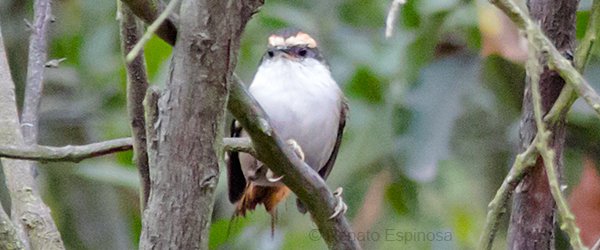
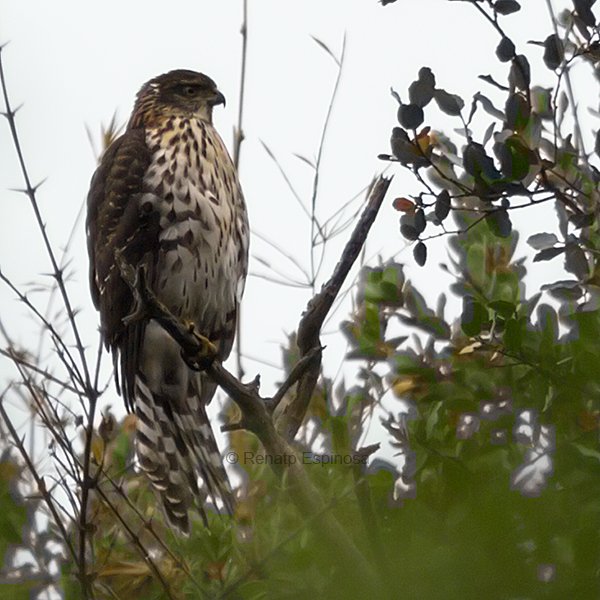
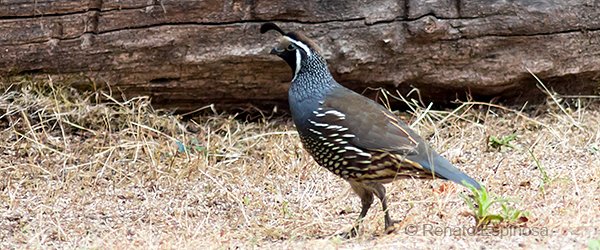
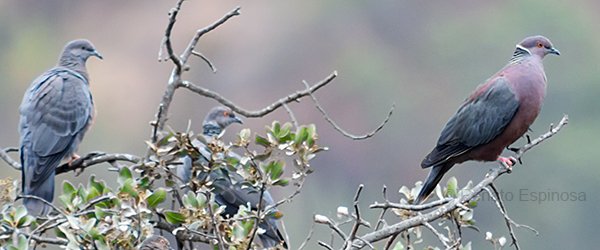
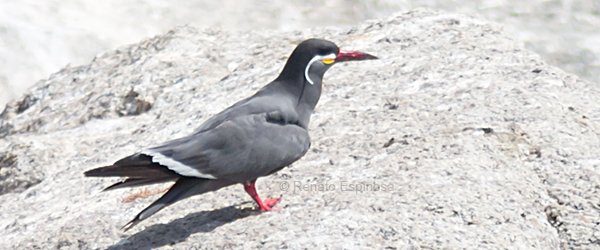
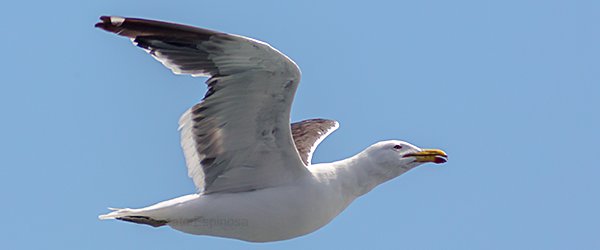
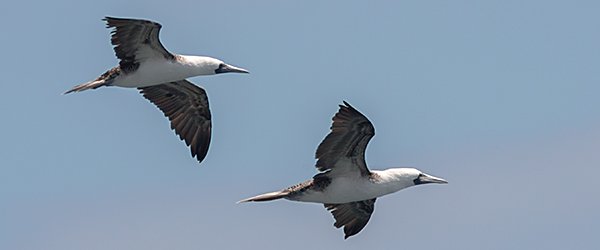
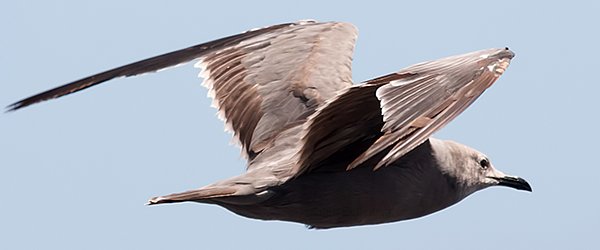
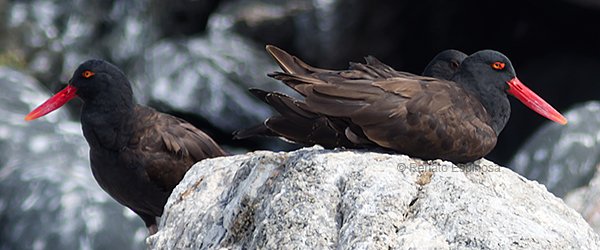
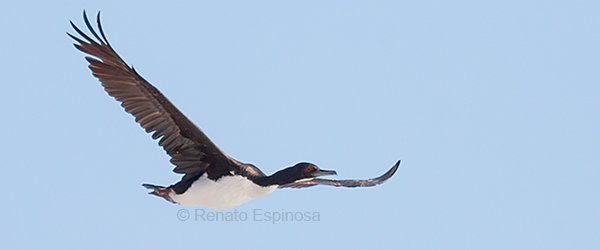
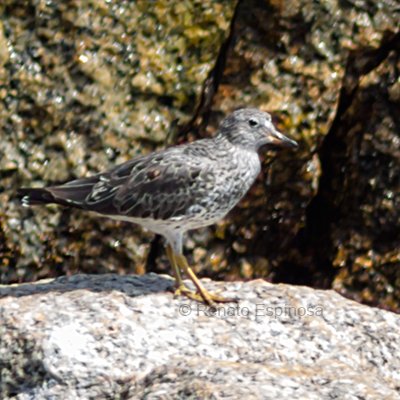
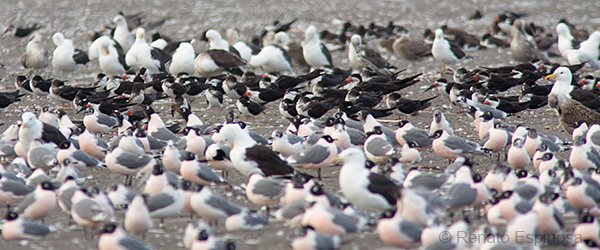
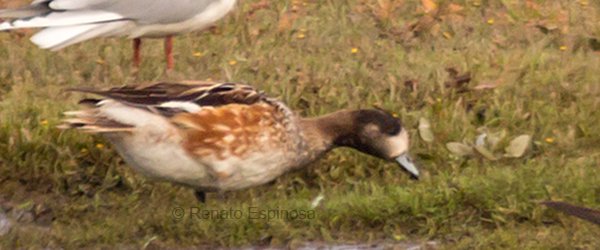
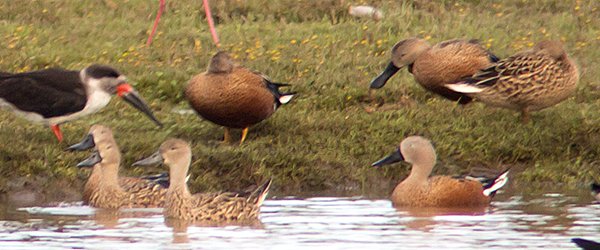
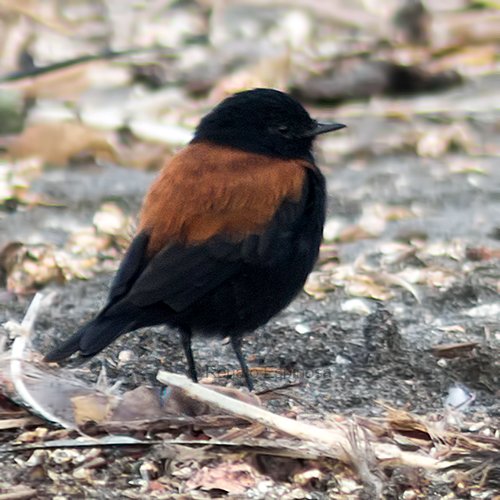











Sounds like an amazing birding trip, Renato, and your photos are terrific! Amidst all those birds I’d love to see, it’s funny to find our familiar California Quail, Black Oystercatchers, and Surfbird.
Hi Wendy, Thanks!
The California Quail was introduced but Black Oystercatcher and Surfbird were not. All three were new for me! Hope you are doing great, and hope to see you back in Ecuador some day!
The Oystercatcher in Chile is now considered to be different than Black Oystercatcher, and is called Blackish Oystercatcher. The taxonomy is a bit confused – there are several similar-looking ‘black’ Oystercatchers that are sometimes lumped together.
Those pigeons are beautiful! Thanks for the great story.
Amazing, Renato! What a trip. I love that photo of all those gulls and skimmers together.
What a nice variety of birds! Looking forward to the next part of your trip!
@ Ben. Thanks for the correction, just changed it to Blackish Oystercatcher.
@ Jochen, Mike, and Clare: thanks fellow 10000birders, I have more coming!!